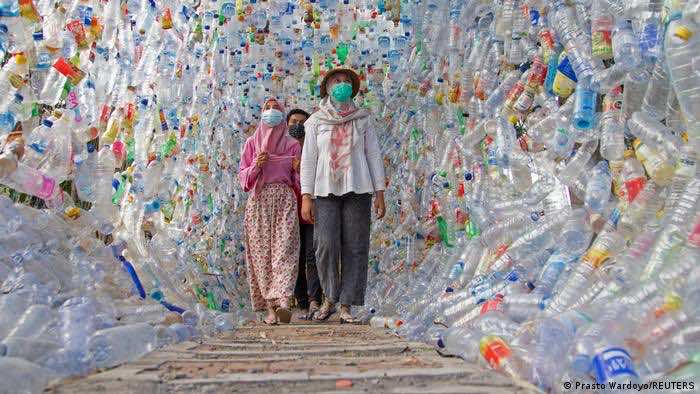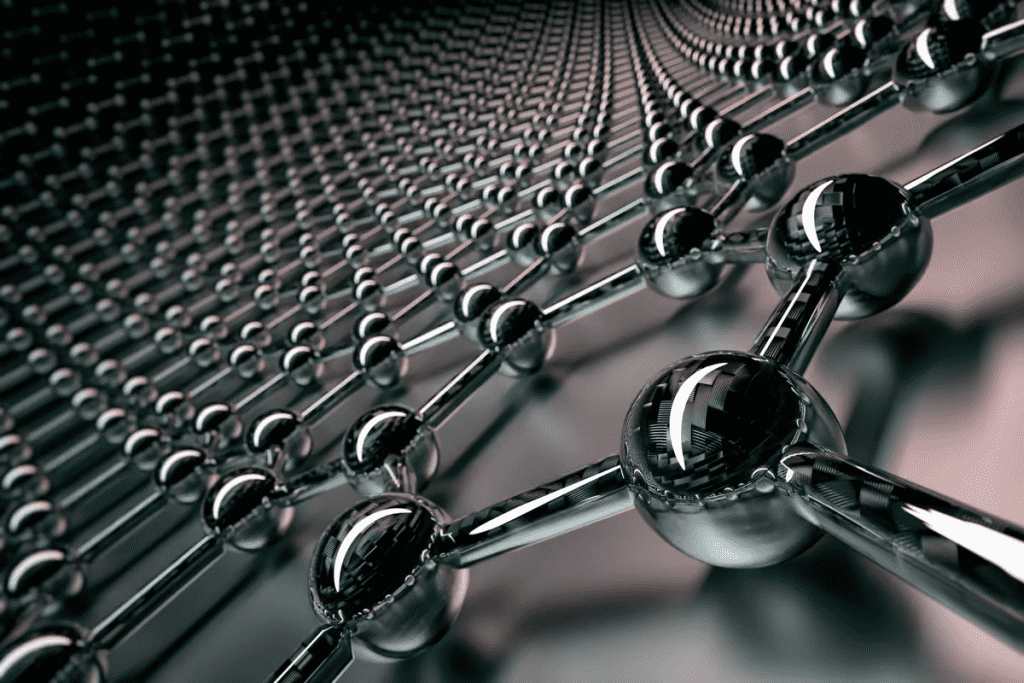A research group led by senior researcher Jianwei Li at the University of Turku in Finland has investigated a new type of material known as supramolecular plastics, which would replace existing polymeric plastics with an eco-friendly substance that would promote sustainable growth.
The mechanical properties of the supramolecular plastic developed by the researchers were equivalent to those of ordinary polymers. Still, the novel plastic decomposes considerably more efficiently and is easier to reuse.

After a century of growth, plastic has become one of the essential modern materials, having been interwoven into many aspects of human life. On the other hand, traditional polymer plastics break down and regenerate poorly in nature, becoming one of the most severe risks to human survival. This is due to the inherent strong force of covalent bonds, which connect monomers to form polymers.
To remedy the issue, scientists have proposed connecting polymers with weak non-covalent bonds. Unfortunately, the weaker contact is usually insufficient to hold molecules together in macroscopic materials, preventing non-covalent materials from being used in practical applications.
The Jianwei Li research team discovered a physical theory known as liquid-liquid phase separation (LLPS) to have the potential to sequester and concentrate solutes, strengthening molecule-to-molecule bonds and promoting the synthesis of macroscopic materials. Moreover, the material’s mechanical characteristics matched those of common polymers.

Moreover, the material also could instantly reconnect and self-heal after being torn into pieces. Additionally, the component transformed into an adhesive when contained with saturated water volumes.
Lastly, the material was highly recyclable and biodegradable due to the dynamic and reversible nature of the non-covalent interactions.
“Comparable with conventional plastics, our new supramolecular plastics are smarter as they not only retain the strong mechanical property but also reserve dynamic and reversible properties that made the material self-healable and reusable,” explains Postdoctoral Researcher Dr. Jingjing Yu.
“One of the small molecules that produced the supramolecular plastic was previously screened out from a complex chemical system. It formed smart hydrogel materials with magnesium metal cations. This time, we are very excited to teach this old molecule new tricks with LLPS,” says the Principal Investigator of the laboratory, Dr. Jianwei Li.

“Emerging evidence has shown that LLPS could be a significant process during the formation of cell compartments. Now, we advanced this bio- and physical-inspired phenomenon to tackle the grand challenge for our environment. I believe that more interesting materials will be explored with the LLPS process soon,” Li says.
The study was published in Angewandte Chemie.
Source: University of Turku


